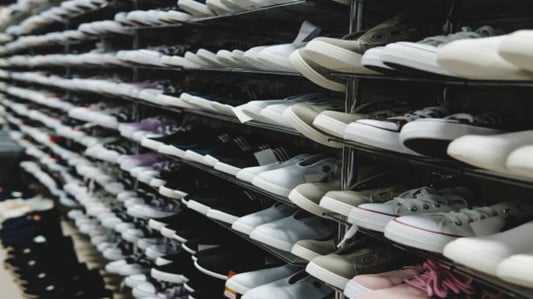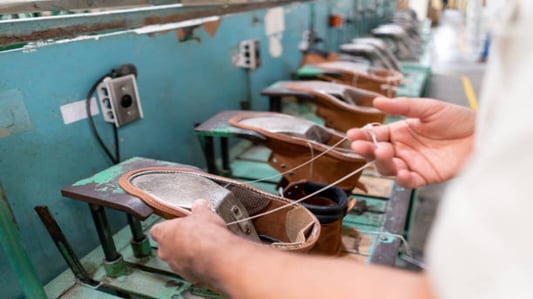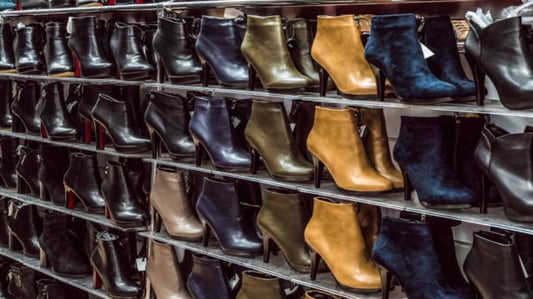IntroductionWhen it comes to sourcing wholesale shoes, retailers want a reliable partner that can consistently deliver high-quality, durable products. As a trusted B2B shoe supplier, we pride ourselves on our comprehensive shoe production process that ensures every pair of shoes meets the highest standards. From the initial design phase to final inspection, our footwear factory employs a meticulous approach to guarantee that every shoe is built to last, comfortable, and ready for the market.1. Advanced Machinery and EquipmentOur shoe manufacturing process begins with advanced machinery and state-of-the-art equipment. We understand that precision is key in ensuring each shoe is crafted with the utmost care and accuracy. Our factory uses the latest cutting-edge machinery for tasks such as shoe cutting, stitching, molding, and assembly. These advanced technologies allow us to produce shoes at a high volume without sacrificing quality, making us a top choice for wholesale footwear solutions.2. Material Selection: The Foundation of QualityThe foundation of any high-quality shoe lies in the materials used. We source only the finest materials from reputable suppliers, including premium leather, synthetic fabrics, rubber, and eco-friendly alternatives. By selecting durable, comfortable, and stylish materials, we ensure that our shoes meet the needs of retailers and customers alike. Whether we are creating custom shoes for a boutique or large-scale production for a chain, the quality of the materials plays a significant role in the final product.3. Expert Craftsmanship and Attention to DetailOnce the materials are selected, our skilled craftsmen take over to bring the design to life. Each pair of shoes is carefully constructed with attention to detail. Our team of artisans has years of experience, ensuring that every stitch, sole attachment, and finish is executed with precision. This expert craftsmanship is what sets our shoe production apart and guarantees that each pair is comfortable, stylish, and built to last.4. Rigorous Quality Control at Every StageAt every step of our manufacturing process, we implement rigorous quality control checks to ensure that the shoes meet the highest standards. From the initial material inspection to the final product, we closely monitor every aspect of the production process. Our quality control team inspects shoes for flaws in stitching, alignment, durability, and overall finish. Only after passing these checks do the shoes move on to packaging and shipping. This comprehensive approach ensures that our clients receive only the best high-quality shoes.5. Custom Shoe Production for Unique RequirementsIn addition to our standard production lines, we specialize in custom shoe production for retailers with specific needs. Whether it’s a unique design, branding, or special materials, we can help bring your vision to life. Our custom shoe production service allows you to offer exclusive products that cater to your market’s preferences. We work closely with our clients to ensure that the custom shoes meet their exact specifications, providing them with a competitive edge in the marketplace.6. Commitment to Sustainable PracticesAs a modern footwear factory, we are also committed to sustainable manufacturing practices. We are conscious of our environmental impact and have implemented a variety of green initiatives in our production process. This includes using eco-friendly materials, reducing waste through efficient production techniques, and recycling materials where possible. For retailers who are looking to offer durable footwear that’s also kind to the planet, we provide a range of sustainable options that meet both environmental and quality standards.ConclusionThe quality of shoes you sell plays a crucial role in your business’s reputation and success. Our shoe manufacturing process is designed to guarantee that every pair of shoes we produce is crafted with care, precision, and the highest-quality materials. Whether you are looking for wholesale shoes for large-scale retail or custom footwear to stand out in a niche market, our factory offers the expertise, experience, and commitment to delivering exceptional products. Partner with us for all your wholesale footwear solutions and experience the difference that high-quality production can make for your business.










